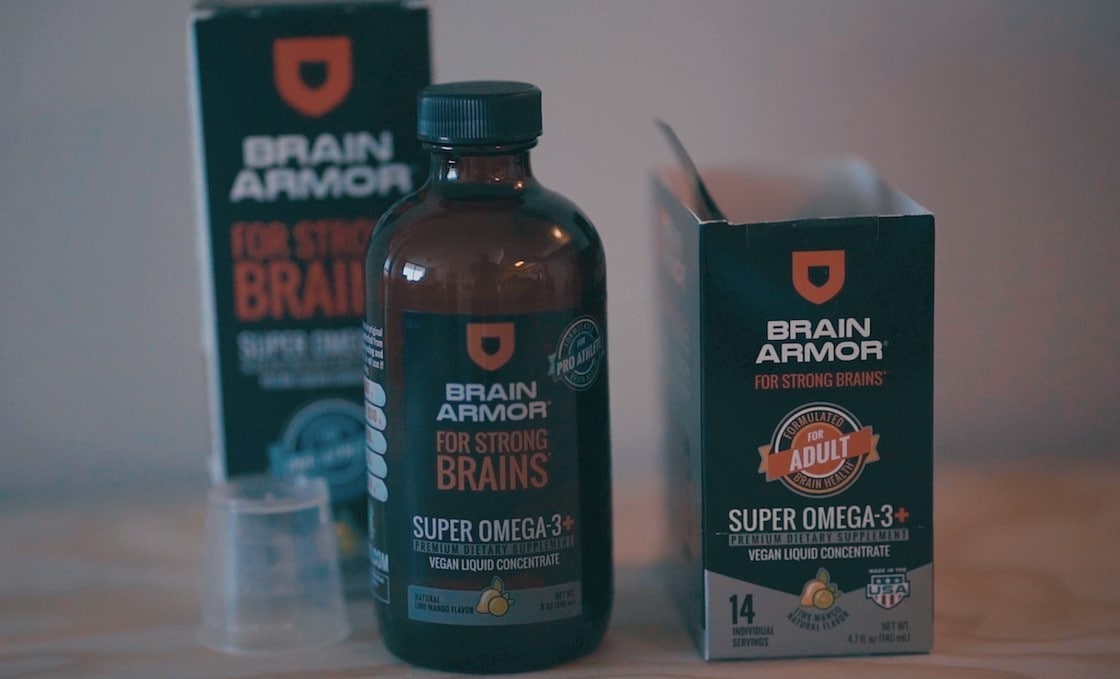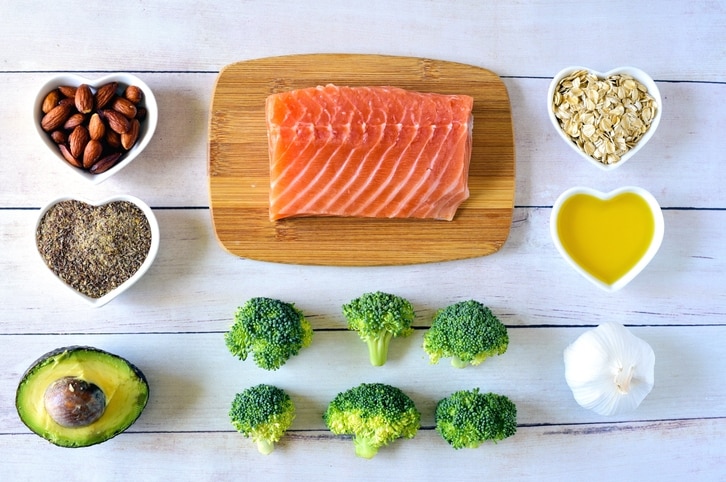Are you getting enough of the healthy omega-3s EPA and DHA daily? If you are like 95.7 percent of Americans, you likely are not.1 Even I, a Registered Dietitian Nutritionist focused on a healthy eating pattern, discovered that I was falling short on consuming adequate amounts of these important fatty acids after recent Omega-3 Index testing.
Here is why your Omega-3 Index is important – and what you can do if you, too, fall short on consuming enough omega-3s daily.
Why Are Omega-3s Important?
Omega-3 fatty acids like alpha-linolenic acid (ALA) and its derivatives docosahexaenoic acid (DHA) and eicosapentaenoic acid (EPA) are “essential fatty acids,” meaning that our body can’t make them at optimal levels.
Studies suggest that those who have a higher Omega-3 Index – that is, higher blood levels of EPA and DHA – are in a better position to support the health of their heart, brain and eyes.2-11 And, when it comes specifically to the omega-3 DHA, research demonstrates that it may be helpful for people of all ages. Studies suggest that DHA supports normal brain and eye development of a baby in the womb and during breastfeeding, while also supporting brain health in older adults.12-14
How Can You Test Your Omega-3 Index?
Now, with the help of the at-home Omega-3 Index test-kit by OmegaQuant you can better understand your blood levels of EPA and DHA. The test involves a quick finger prick and the collection of a small blood sample. The OmegaQuant lab analyzes the sample and within 1-2 weeks you receive your results, which will show if your Omega-3 Index is in the “desirable,” “intermediate,” or “undesirable” range.
What Your Omega-3 Index Says About You
If your Omega-3 Index shows “desirable” levels, that is good news! Whatever you are doing with respect to omega-3s is right on! But, if your results show “intermediate” levels (like mine were!) or “undesirable” levels, know that you have room to improve your eating pattern by including more omega-3 rich foods into your meals and snacks, or possibly adding an omega-3 supplement.
How To Get Omega-3s In Your Diet – Even When Your Eating Pattern is Plant Based
Some of the best sources of EPA and DHA include oily fish like salmon, sardines and skipjack tuna. But if you choose a vegetarian, vegan or mostly plant-based eating pattern, you will likely need to look to other sources to find EPA and DHA.
Some people believe that ALA (found in plant-based foods like flax, flaxseed oil, and walnuts) converts into EPA and DHA. That is true – it does – but the conversion rate from ALA to EPA and DHA is quite limited, with some studies suggesting a rate of less than 10%!15
So, for an eating pattern rooted in plant-based foods with minimal fish or fish oils, it will likely be helpful to choose fortified foods or an algal-based dietary supplement, like life’sDHA® or life’s™OMEGA. It turns out, fish get EPA and DHA by consuming microalgae, so by going straight to the source (algae!), you can get important fatty acids in the same way fish do.
Like and follow the life’sDHA brand on Facebook and YouTube.










